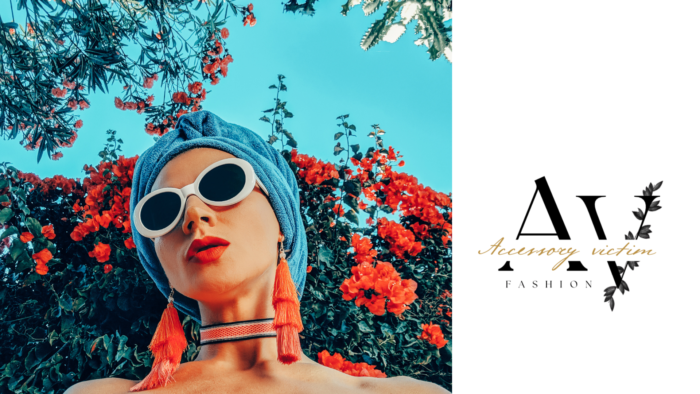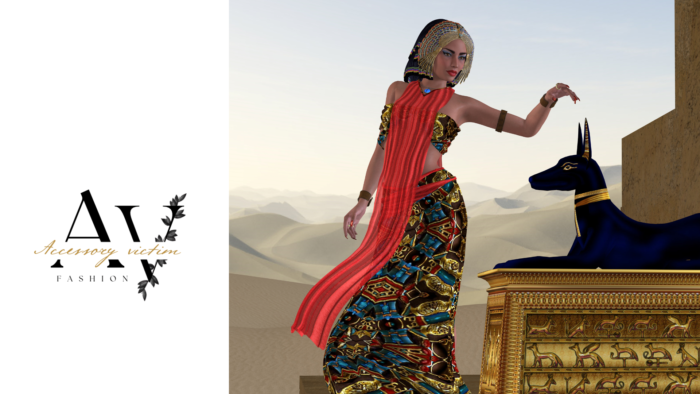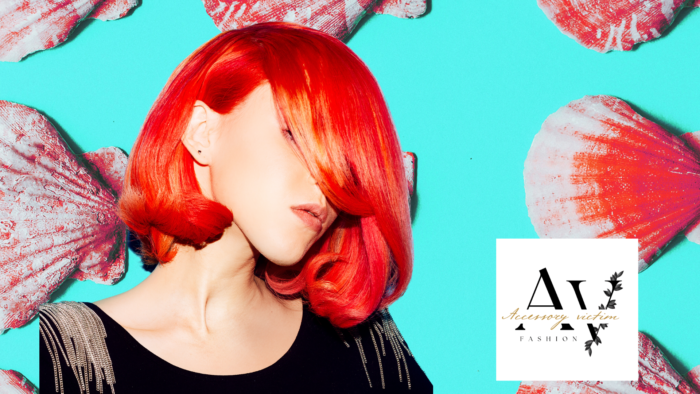
What is your favorite hair accessory? Maybe it’s a pretty beaded elastic band. Or is it a jeweled tiara that draws attention wherever you go?
And have you ever wondered where your favorite hair accessories came from? Who invented them? Why?
To answer all these questions, we will dive into the history of hair accessories. We will discover how they were created and how they have evolved over the years. We will see how they have moved from the past to the present day as a symbol of style, elegance and individualism.
The first hair accessories
Hair accessories date back to prehistoric times, when people used the most common stick found on the ground around them to tie up their hair.
This trend of using natural materials as a hair accessory is seen in all ancient cultures around the world, such as:
The ancient Greeks and Romans used crowns made of flowers and foliage to decorate their hair.
For ancient Africans, shells and beads were preferred when it came to hair accessories.
Native Americans used bones and feathers to create their hats.
All these natural materials were something that people admired. And from this admiration comes the desire to turn them into something functional.
The fact that hair accessories are not only decorative but also functional is what has allowed them to stick around over the years and reach us.
In fact, almost every modern hair accessory we know and love today can be traced back so many centuries…
Elastics and hair bands
Scrunchies are probably one of the most commonly used hair accessories, but in the past they looked quite different.
It can be said that the first hair bands appeared between 10,000 and 8,000 BC.
Of course, it goes without saying that elasticity did not exist then, so they were in the form of solid rings and were made of precious metals, such as silver and gold. The wealthier were able to encrusted precious stones in their hair ringlets.

In Egypt, hair rings are usually made of ceramic, alabaster or jasper. They were even used as a way to show the social status of their wearer.
It’s hard to imagine how these stiff rings could hold a person’s hair up, but it seems they did the job at the time.
So when does everything change?
The first rubber bands with the shape and appearance we know today did not appear until the 20th century. When rubber fibers began to be produced and sold to the general public. Soon after, they began to be used as a hair accessory, and the old, rigid rings became a thing of the past.
Today, the rubber bands we know have the same elasticity as in the beginning, but also carry with them a whiff of the past. Today we can decorate our hair with an elastic band decorated with stones, lace or satin, pearls and others.
Phoebe
Can you imagine the world without your barrettes as a hair accessory?
Women of the past couldn’t either, and that’s what helps hairpins stay alive to this day.
Of course, in the past they looked very different depending on where they were made and the purpose they were worn for:
Central Africa – hairpins are designed to be very functional and are usually made of bone, ivory or wood.
Ancient Rome – hairpins were also used as a container for perfume or sometimes even poison. They are made long to hold the hair well and hollow to pour the desired liquid into them.
France in the 17th century – in France hairpins were used not only among women. At that time, men wore hats and wigs as well. They also needed something to help them attach a hat or wig more firmly to their head. During this period, hairpins were long, U-shaped, and used to achieve a neater, neater look.
Victorian Era – Hairpins were absolutely vital for Victorian women as it was considered improper for a woman to have loose strands of hair around her face, meaning they were used more for their functionality than beauty.
Today, hair clips are used as much for beauty as for their functionality. You will find both clean barrettes, with which you can simply arrange your unruly locks, as well as glamorous barrettes with stones, beads and pearls, which will turn your hairstyle into a real work of art.
Hair bands and tiaras
Headbands are another hair accessory that easily combines functionality with a more decorative aspect. The earliest hair bands are believed to date back to 3500 BC, when the people of Mesopotamia used headbands to hold their hair back.
They were used by both men and women and were a large, round shape that was placed on the crown of the head.
In the beginning, just like the previously mentioned hair rings, they were made of metal and other hard materials. Over time, however, these metal bands were slowly replaced by fabric, making the hairband more functional than ever. Again, this is a hair accessory that has been worn by both men and women all over the world, from China to Mexico.
Today, tiaras and headbands are still functional and beautiful. They are decorated with stones, beads and pearls. They catch the eye and give their wearer a gentle, feminine look.
In the past, hair accessories were considered a status symbol, and although they may not be used for that purpose today, their functionality, along with their decorative aspect, helped them remain popular throughout the ages and even today, when we mostly use them. as a symbol of style, individuality and a beautiful addition to any outfit.


 No products in the cart.
No products in the cart.